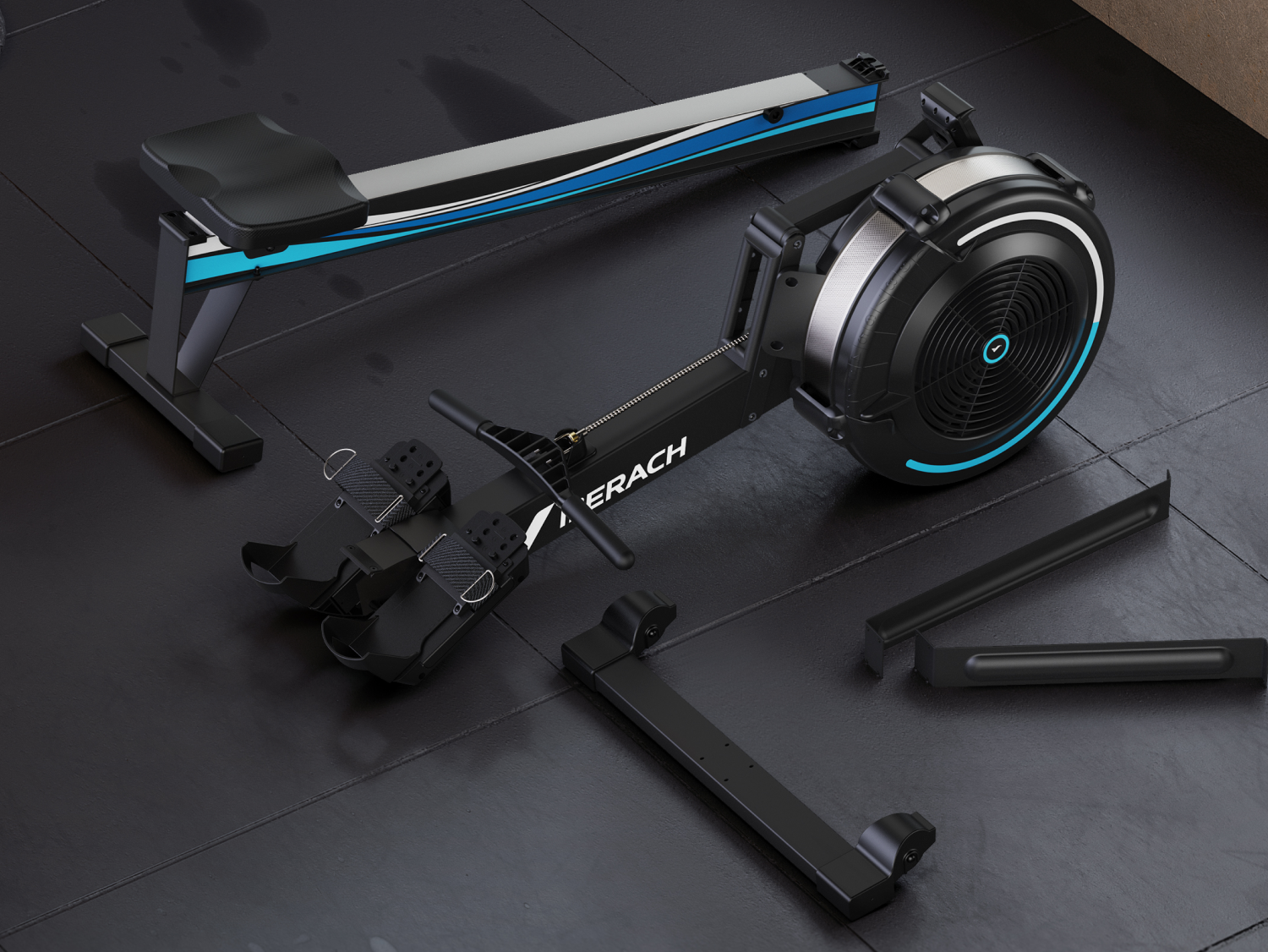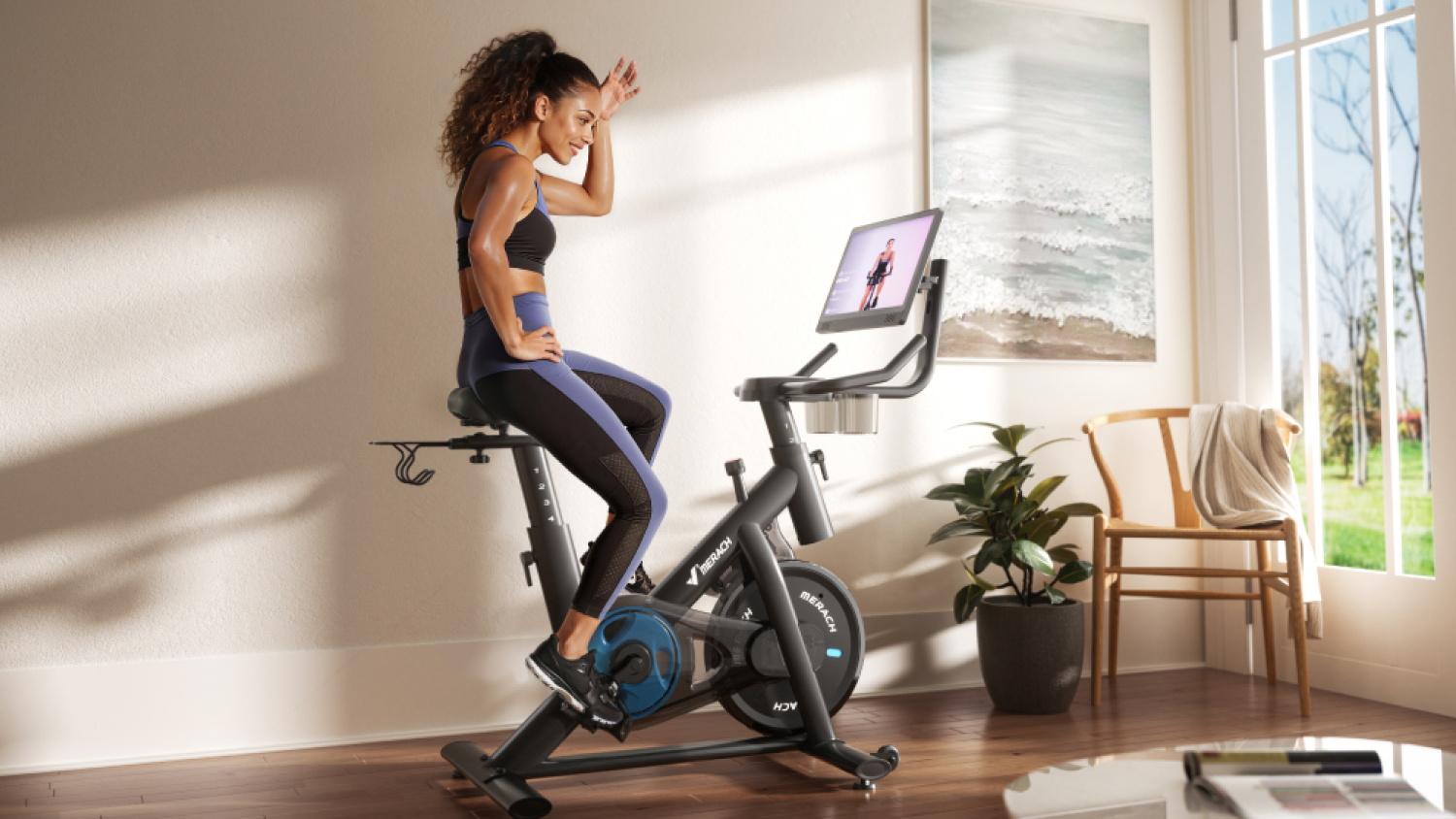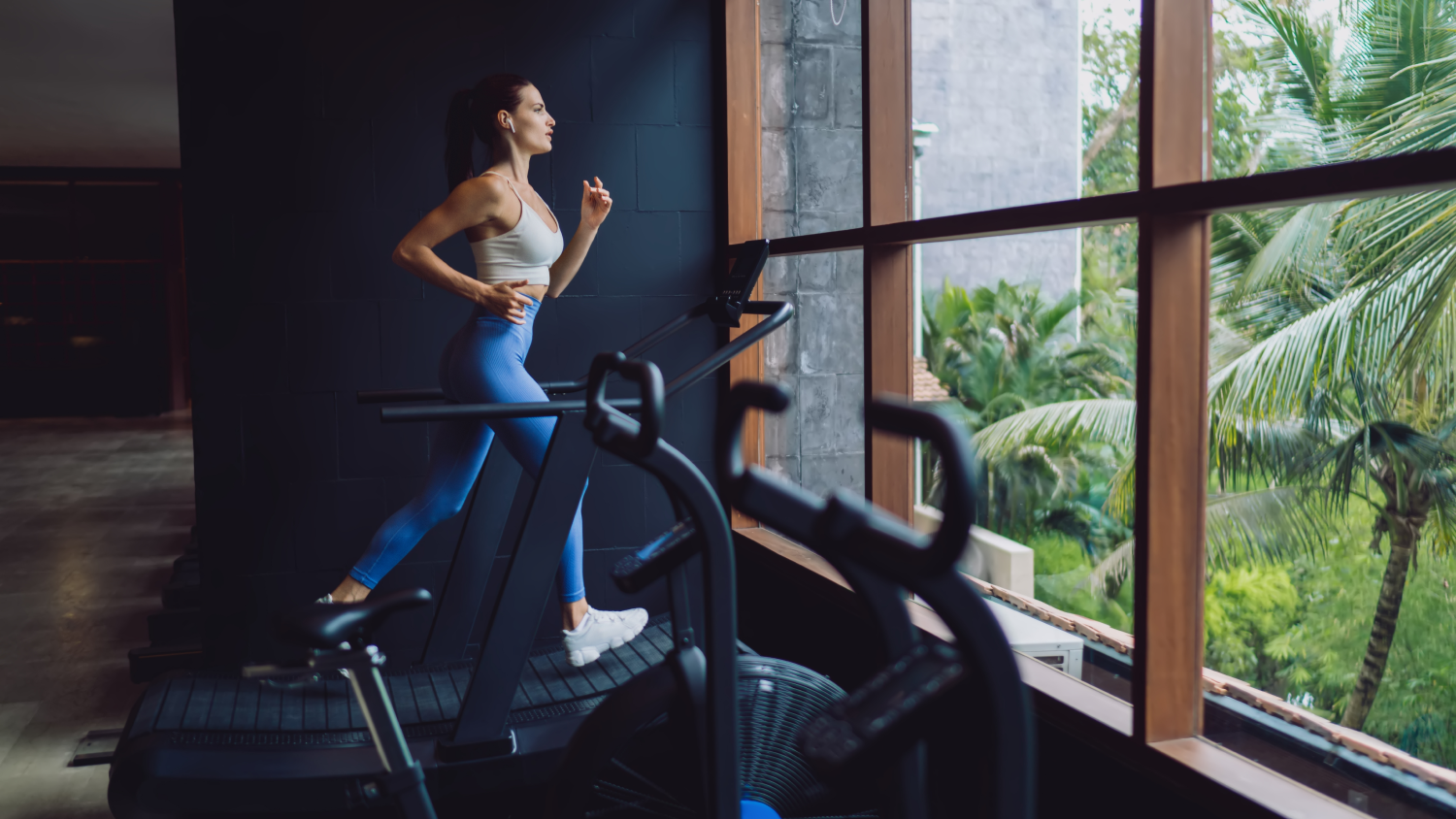When you invest in a home rowing machine, you’re not just buying a piece of equipment—you’re investing in your long-term health, endurance, and strength. Rowers deliver a full-body workout that engages over 80% of your muscles, combining cardio and resistance training in one smooth motion.
But like any high-performance fitness tool, your indoor rowing machine needs regular maintenance to perform its best. Proper care not only keeps every stroke smooth and quiet but also extends the lifespan of your machine—protecting your investment for years to come.
In this guide, we’ll break down how to clean, maintain, and troubleshoot your rower so it stays in top condition for every workout.
Importance of Rowing Machine Maintenance
Many users assume their home rowing machines doesn’t need upkeep because it doesn’t have the wear and tear of a treadmill or elliptical. But rowing machines operate with moving parts, resistance systems, and seat tracks—all of which collect dust, sweat, and friction over time.
Regular maintenance ensures:
- Smooth and silent rowing motion
- Accurate resistance feedback
- Longer equipment life
- Consistent performance for every session
Think of it like maintaining your car: a little care every month prevents bigger (and costlier) issues later on.
1. Wipe Down After Every Workout
The simplest maintenance habit you can form is cleaning your rower right after you use it. Sweat is highly corrosive—it can damage paint, metal parts, and resistance mechanisms if left unchecked.
After every session:
- Use a soft microfiber cloth to wipe down the seat, handle, footrests, and monorail.
- For deeper cleaning, dampen the cloth with mild soap and water. Avoid harsh chemicals that can degrade rubber or plastic components.
- Make sure to dry the surface completely to prevent rust or water damage.
Expert Tip: Keep a towel nearby during workouts to wipe sweat before it drips onto the frame or console. It’s a small habit that saves a lot of cleaning later.
2. Inspect and Tighten Bolts Monthly
Your rowing machine endures thousands of repetitive strokes per week, and with that motion comes vibration. Over time, bolts and screws can loosen—especially on the seat rollers, footrests, and handle attachments.
Once a month:
- Check all major connection points and tighten loose hardware with the right-sized wrench or Allen key.
- Inspect the seat track and rollers to ensure they glide smoothly and evenly.
- Listen for rattling or creaking noises while rowing—these often indicate a loose component that needs attention.
Consistent inspections help prevent unnecessary wear or wobbly parts that can affect your performance.
3. Keep the Monorail Clean and Smooth
The monorail (the track the seat slides along) is the heart of your rowing motion. Dust, dirt, or sweat buildup can cause friction and slow down the glide.
To maintain a smooth seat track:
- Wipe it with a dry cloth after every few workouts.
- Every few weeks, clean with mild detergent and water, then dry completely.
- Avoid lubricating the monorail unless the manufacturer specifically recommends it—most modern models, including Merach indoor rowing machines, use self-lubricating bearings that don’t need extra oil.
If you feel jerky movement or uneven sliding, it’s a sign the rail needs cleaning.
4. Care for the Resistance System
Depending on your model, your indoor rower may use magnetic, air, or water resistance—each requiring slightly different care.
For Magnetic Rowers:
- Keep magnets and flywheel areas free of dust. Use compressed air or a soft brush to clear debris.
- Avoid using liquids directly on the resistance housing.
For Air Rowers:
- Clean the flywheel cage regularly to maintain airflow.
- Check for any lint or dust blocking the vents.
For Water Rowers:
- Change the water every 3–6 months.
- Add manufacturer-approved water purification tablets to prevent algae buildup.
- Keep the tank filled to the recommended line—too low affects resistance accuracy.
Proper attention to the resistance system ensures your workouts remain consistent, quiet, and safe.
5. Protect the Performance Monitor
Your performance monitor is the brain of your indoor rowing machine—tracking time, distance, strokes, and calories. Treat it carefully to preserve its accuracy.
Tips to maintain the console:
- Avoid spraying cleaner directly on the screen. Instead, wipe gently with a microfiber cloth.
- Replace or recharge batteries as soon as the display starts dimming.
- If your rower uses Bluetooth or app connectivity, keep firmware updated for accurate data tracking.
Many Merach smart rowing machines connect seamlessly with the Merach app, so keeping your software current ensures the best interactive training experience.
6. Check the Drive System
Whether your rower uses a belt or chain drive, proper care is essential for smooth and quiet strokes.
For Belt Drives:
- These are typically low-maintenance, but keep them free from debris and ensure proper tension.
For Chain Drives:
- Wipe the chain with a soft cloth and apply light machine oil every few months to prevent rust.
- Avoid over-lubrication—it can attract dust and grime.
Listen for unusual clicking or grinding sounds; they often signal it’s time for cleaning or adjustment.
7. Store Your Rower Properly
Even if your rowing machine for home use is built for durability, storage conditions matter.
Keep it in a cool, dry space—away from direct sunlight or damp areas.
- If foldable, ensure it locks securely before storage to prevent accidental movement.
- Avoid placing heavy objects on or near the machine to prevent bending or frame stress.
- If you use your rower only occasionally, cover it with a protective dust cover to keep it clean and ready for your next session.
8. Troubleshooting Common Issues
Here are quick fixes for some of the most common problems rower owners face:
|
Problem |
Possible Cause |
Solution |
|
Seat feels rough or jerky |
Dirty or damaged rollers |
Clean the monorail, inspect rollers, replace if worn |
|
Resistance feels weak |
Low water level / magnet misalignment |
Check tank level or adjust resistance knob |
|
Squeaking noise |
Loose bolt or dry chain |
Tighten all bolts, lightly lubricate chain |
|
Display not turning on |
Dead batteries or loose cable |
Replace batteries, reconnect cables securely |
When to Call for Service
Routine maintenance will handle 90% of issues—but if you notice persistent resistance changes, odd noises, or electronic malfunctions, it’s best to contact the manufacturer’s support team.
At Merach, our goal is to ensure your equipment continues to deliver peak performance. Our after-sales team provides expert guidance for repairs, parts, and advanced rowing machine troubleshooting—because we believe long-lasting fitness starts with dependable equipment.
Final Thoughts
A home rowing machine is one of the best fitness investments you can make—offering full-body conditioning, low-impact movement, and a meditative rhythm that builds both strength and endurance.
By dedicating a few minutes each week to cleaning and care, you’ll extend your rower’s life, maintain smooth operation, and ensure every stroke feels as powerful as the first.
Take pride in your gear. Treat it well, and it will reward you with years of consistent, high-quality workouts.
Ready to elevate your home training experience? Shop rowing machines engineered by Merach—where innovation meets durability for every fitness level.































Leave a comment
All comments are moderated before being published.
This site is protected by hCaptcha and the hCaptcha Privacy Policy and Terms of Service apply.